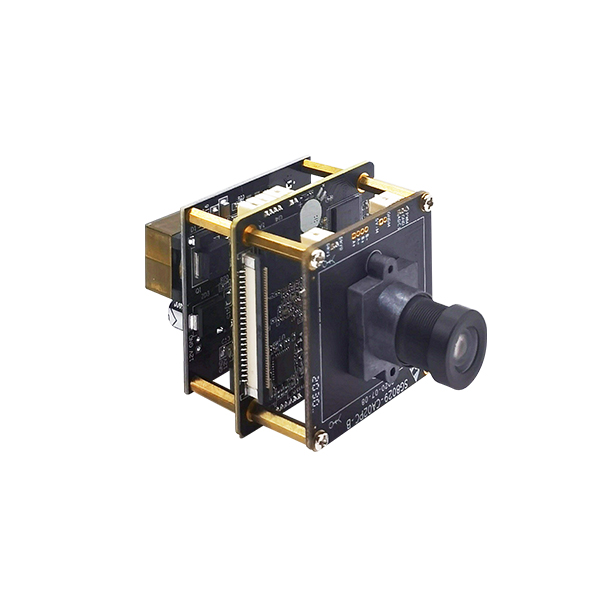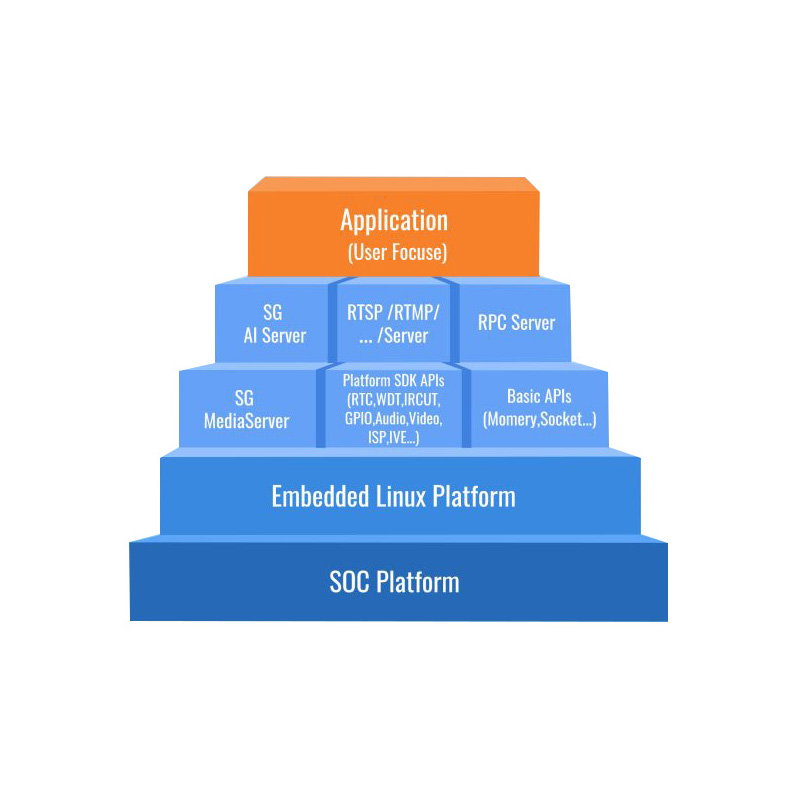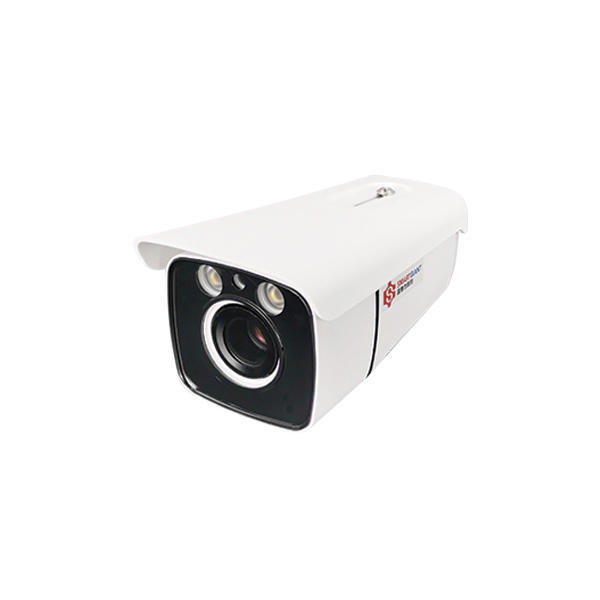
Latest Trends in AI Traffic Camera Technology
With the integration of AI and IoT technologies, intelligent transportation systems are undergoing profound transformation. As a key technological support for road safety and traffic management, AI traffic cameras are evolving from traditional monitoring devices into intelligent, data-driven platforms, becoming critical components of smart city and intelligent transportation infrastructure. Leveraging AI computing power and advanced image recognition technology, these smart cameras not only provide vehicle monitoring, traffic flow analysis, and violation detection but also demonstrate great potential in autonomous driving support, road safety warnings, and behavioral analysis. This article explores the future of AI traffic cameras, highlighting their development trends and technological advancements, with insights drawn from the capabilities of Horus AI cameras.
1. Latest Development Trends in Smart Traffic Camera Technology
In recent years, AI-based traffic camera systems have advanced rapidly due to breakthroughs in both hardware and software.
1.1 Coordinated Upgrade of Hardware Computing Power and Software Capabilities
Current smart traffic camera hardware is characterized by widespread basic configurations and market-oriented high-performance options. Horus AI cameras, equipped with a quad-core ARM Cortex-A7 processor (2.0 Tops computing power), deliver efficient performance for common scenarios such as vehicle detection and license plate recognition. Their mature architecture and stable operation allow edge-based intelligent analysis, reducing backend dependency and offering a high cost-performance solution.
Meanwhile, demand for higher computing power is growing. Devices integrating the RK3588 chip (6 Tops computing power) can support complex AI tasks such as multi-object trajectory tracking and behavior analysis. At the same time, deep learning algorithms like CNNs continue to be optimized, enhancing hardware utility, recognition accuracy, and anti-interference performance. This trend of “hardware-tiered adaptation + deep software empowerment” covers both basic and advanced scenarios, enabling scalable system functionality and flexible upgrades.
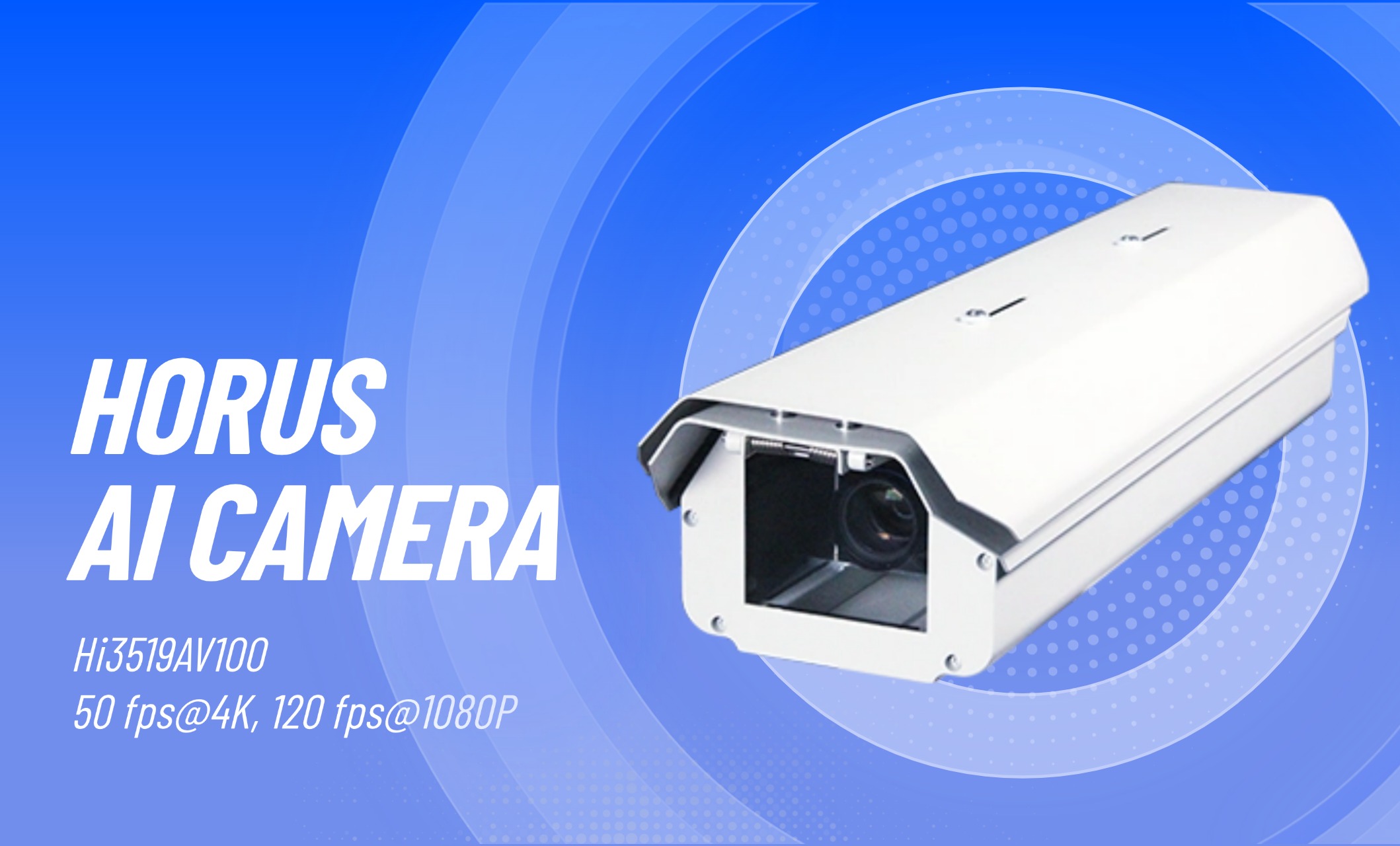
1.2 Multi-Sensor Fusion to Overcome Single-Device Limitations
Smart traffic cameras are increasingly integrating multiple sensors—radar, LiDAR, infrared, and more—to achieve higher-precision traffic monitoring and safety alerts. Sensor fusion compensates for the blind spots and field-of-view limitations of single cameras, laying the foundation for all-weather monitoring in complex traffic environments.
1.3 Edge-Cloud Collaboration for Efficient Management
With the coordinated development of edge and cloud computing, smart traffic cameras are moving toward edge-cloud collaboration. Edge devices perform preliminary data processing and intelligent analysis, while the cloud handles large-scale data integration, deep learning model optimization, and global traffic analysis, forming an efficient, low-latency intelligent traffic management system.
2. Industry Drivers
The rapid development of smart traffic cameras is mainly driven by the following factors:
- Policy and Regulatory Support: Governments worldwide are enacting regulations to enhance road safety, requiring new vehicles and public transportation systems to be equipped with smart cameras. For example, the U.S. National Highway Traffic Safety Administration (NHTSA) mandates rearview cameras in new cars and promotes driver monitoring systems. Municipal traffic authorities are also increasing investment in violation enforcement and traffic monitoring.
- Traffic Safety Needs: Human error is a major cause of accidents. Smart traffic cameras can monitor road conditions in real time, detect risks automatically, issue timely warnings, and leverage data intelligence to significantly enhance road safety and accident prevention.
- Autonomous Driving and Connected Vehicles: Autonomous driving relies heavily on vehicle-mounted cameras for environment perception and decision support. AI cameras, as essential sensors for intelligent vehicles, are seeing growing market demand.
- Smart City Development: Intelligent transportation, as a core component of smart cities, demands higher capabilities in traffic flow management, environmental monitoring, and public safety. The data processing and AI analysis capabilities of smart cameras are essential for infrastructure upgrades.
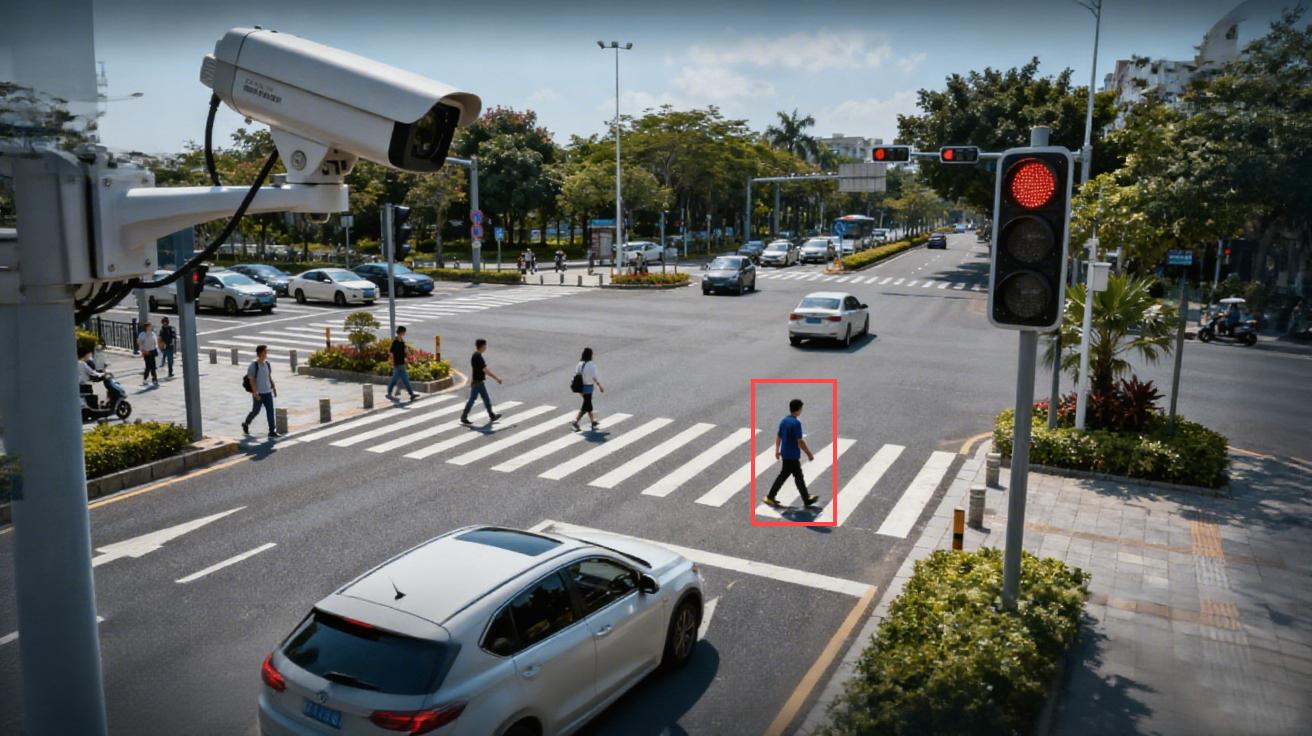
3. Technical Advantages and Application Value of Horus AI Cameras
As a key hardware platform for smart traffic cameras, Horus AI cameras offer robust performance and versatile interfaces, providing stable and reliable solutions for traffic management and intelligent monitoring. Key advantages include:
- High-Performance AI Computing: Quad-core ARM Cortex-A7 processor with 2.0 Tops neural network computing power supports multiple intelligent algorithms, meeting complex visual analysis requirements.
- Versatile Interfaces and Expandability: Supports 4-lane MIPI CSI video input, USB 2.0, Ethernet interfaces, and PoE power supply, enabling flexible integration with various sensors and peripheral devices.
- Advanced Image Processing: Features HDR, high dynamic range imaging, 2D/3D noise reduction, and fisheye correction, ensuring high-quality image capture under challenging lighting and environmental conditions.
- Industrial-Grade Design: Compact control board design supports operating temperatures from -10°C to 50°C, suitable for diverse indoor and outdoor traffic monitoring environments.
- Support for Various AI Applications: Rich AI functionalities cover vehicle flow statistics, vehicle and license plate recognition, facial feature analysis, safety helmet detection, and more. The platform also allows algorithm integration and customization, enabling users to tailor solutions to specific scenarios.
Leveraging Smartgiant’s open AI camera platform, customers can quickly deploy intelligent traffic management systems. The platform supports flexible integration of proprietary algorithms (e.g., license plate recognition, behavior analysis), enhancing traffic enforcement efficiency, optimizing urban traffic flow, improving road safety, and reducing operational costs, while providing highly customizable and sustainable intelligent solutions.
3.1 Typical Application Scenarios
- Traffic Violation Detection and Enforcement: AI cameras automatically detect and capture violations such as red-light running, speeding, and wrong-way driving. Combined with license plate recognition, this reduces manual workload and increases enforcement efficiency.
- Intelligent Traffic Flow Monitoring and Analysis: Real-time collection and intelligent analysis of vehicle and pedestrian data optimize traffic signal control, alleviate congestion, and improve throughput, supporting smart traffic management.
- Road Safety Alerts: AI vision analysis identifies risky driving behaviors and abnormal traffic conditions early, issuing timely alerts to prevent potential accidents and ensure the safety of drivers and pedestrians.
- Autonomous Driving Assistance and Vehicle-Infrastructure Coordination: Provides high-precision environmental perception data for autonomous vehicles and enables real-time information exchange with traffic infrastructure, supporting the development of self-driving technologies.
4. Future Trends and Outlook
With continued improvements in AI computing power and mature sensor fusion, AI traffic cameras will evolve from passive monitoring devices to proactive management “brains”, achieving a closed-loop workflow from data collection and analysis to decision-making. Combined with the proliferation of 5G and edge computing, real-time analysis becomes more efficient, supporting complex applications such as intelligent intersection management, smart parking, and urban security. AI traffic cameras are poised to become core infrastructure for smart cities.
In summary, AI traffic cameras are driving traffic management toward intelligent and automated systems. Smartgiant Technology’s Horus AI cameras provide powerful hardware support. By integrating proprietary algorithms such as license plate recognition and behavior analysis, customers can rapidly build intelligent traffic solutions tailored to their needs, improving enforcement efficiency, optimizing traffic flow, enhancing road safety, and lowering system operation costs. Choose Smartgiant to harness the synergy of hardware and algorithms, and collaboratively create a safer and more efficient transportation system in the era of intelligent mobility.
Contact Us
Smartgiant Technology 1800 Wyatt Dr, Unit 3, Santa Clara, CA 95054.
Email: info@smartgiant.com

Contact Us
Smartgiant Technology 1800 Wyatt Dr, Unit 3, Santa Clara, CA 95054.
Email: info@smartgiant.com



